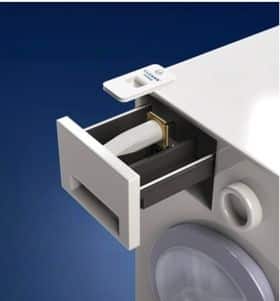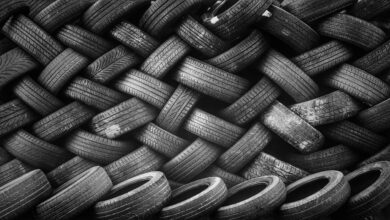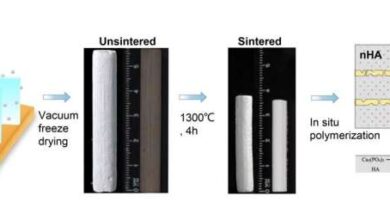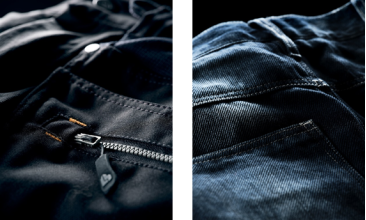Stopping microplastics at the source

Iranpolymer/Baspar New technology aimed at addressing the problem of microfibres from launrdy being released into the environment in washing machine wastewater was unveiled 31 Aug. at appliance industry conference IFA in Berlin.
Developed by Cleanr, a new greentech venture based in the U.S., the technology consists of internal and external-retrofit microplastic filters featuring a nature-inspired design. According to the press release announcement, washing machine wastewater is the single largest source of microplastic pollution globally, accounting for 35% of emissions.
Called Vortx, the filter is a cost-effective solution that integrates into virtually any washing machine model due to its simplicity and small size.
The vortex filtration process delivers 300% higher efficiency than traditional filters, according to Max Pennington, Cleanr’s CEO. “This enables our filters to handle three times as many wash loads as others before filter-cleaning, operate with no electrical pumps, and trap the smallest microfibres.”
Currently, some half a million tons of microplastics are discharged into the world’s oceans from washing machine wastewater. As awareness of the sheer magnitude of the problem grows, governments in Europe and North America are moving to require that new washing machines be outfitted with microplastic filters. France has already passed legislation to that effect, which takes force January 1, 2025, and other countries in the EU, as well as the UK and some parts of North America, are in the process of drafting similar laws.
Cleanr’s Vortx technology was inspired by a filtering process that occurs in marine life. Instead of attracting particles to the filter surface, it works by suspending and isolating them using fluid patterns that form a vortex. The particles are pushed into a biodegradable capture unit called the Cleanr Pod, for safe removal and the filtered fluid exits through GKD’s 50-micron patented stainless steel microplastics mesh.
This design reduces clogging and makes the solution more compact and separable into two parts, for easier integration into machines that have limited space for new components.
sustainableplastics






